NPR modems FOR SALE: https://www.elekitsorparts.com/product/npr-70
Low prices (79$ fully assembled). International shipping.
Note for USA: Due to CFR 47 Part 97 FCC regulations, for the 70cm amateur radio band (restriction to 100kHz and 56kBaud), only the setting "modulation 20" of NPR-70 seems to be legal in USA. Please always check your local amateur-radio regulation before buying and using NPR70.
Modulation 20: Symbol Rate 50kS/s, bandwidth 100kHz, raw datarate 100kb/s raw, usable datarate 65kb/s.
If you want to discuss about NPR:
- via e-mail : f4hdk[at]free[dot]fr
- Public discussion English : the public chat room
- Public discussion French : Electrolab forum
- Mailing list (mainly USA) : groups.io
- Mailing list (mainly Europe) : groups.io
watch full screen.
Documentation
PCB Design (Gerbers, BOM, etc...)
| PCB v02 | BOM Easy to provision Total cost ~80 euros per modem |
BOM (Bill Of Materials) |
PCB files | release note |
| PCB v03 | Cheaper BOM Total cost ~65 euros per modem |
BOM (Bill Of Materials) |
PCB files | release note |
| PCB v04 | Old version sold by Funtronics. Obsolete do not use. |
- |
PCB files | release note |
| Add-on SRAM board | for PCB v04 only | - |
PCB files | release note |
| PCB v05 | New version for Funtronics. Fits Funtronics enclosure |
BOM (Bill Of Materials) |
PCB files | release note |
Modem Firmware : binaries and sources
| Stable version 2020_02_23 |
Beta version 2020_06_29 |
| Binary file, band 70cm | Binary file, band 70cm |
| Binary file, band 2m | Binary file, band 2m |
| Release note | Release note |
| Source code | Source code |
 f4hdk
f4hdk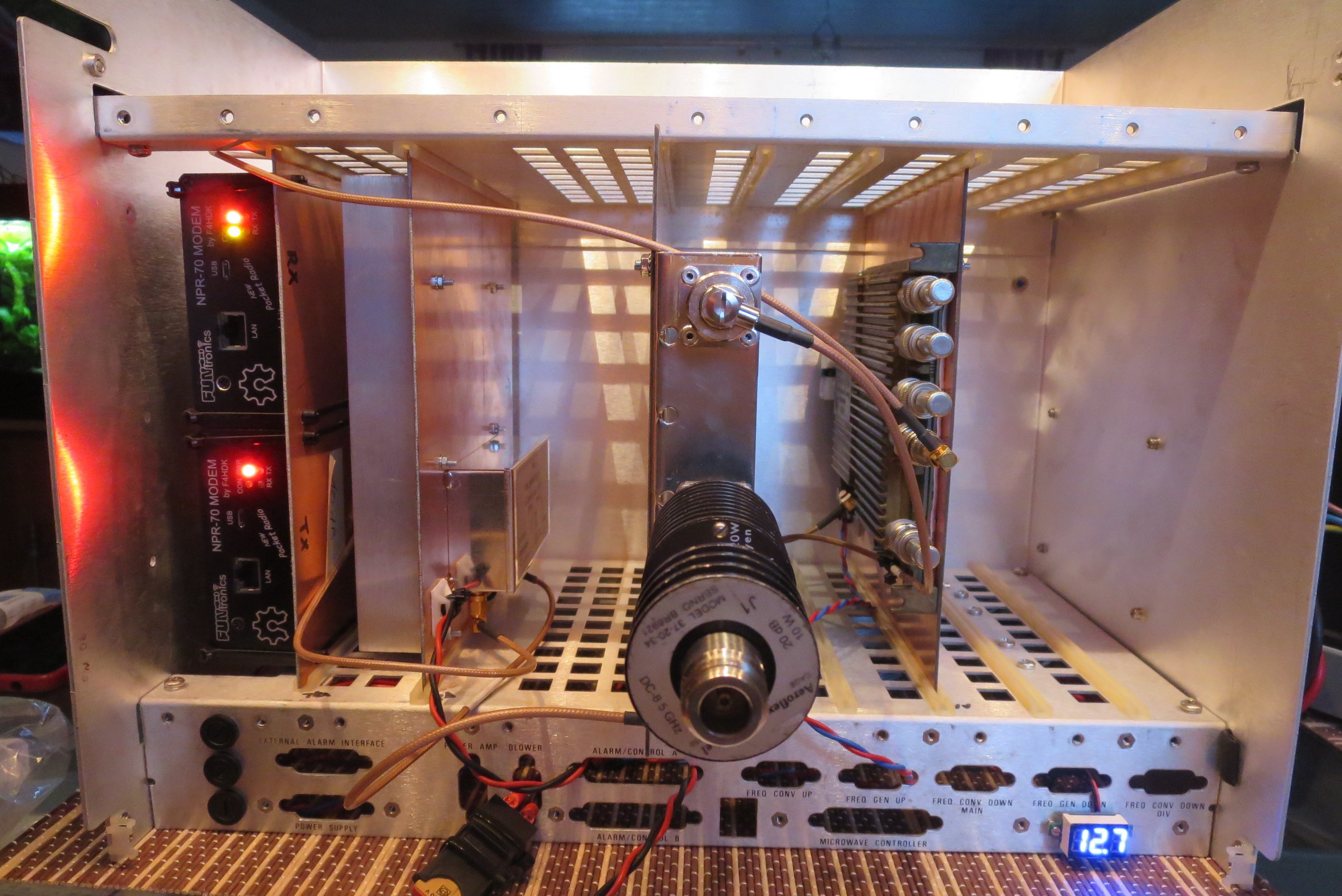

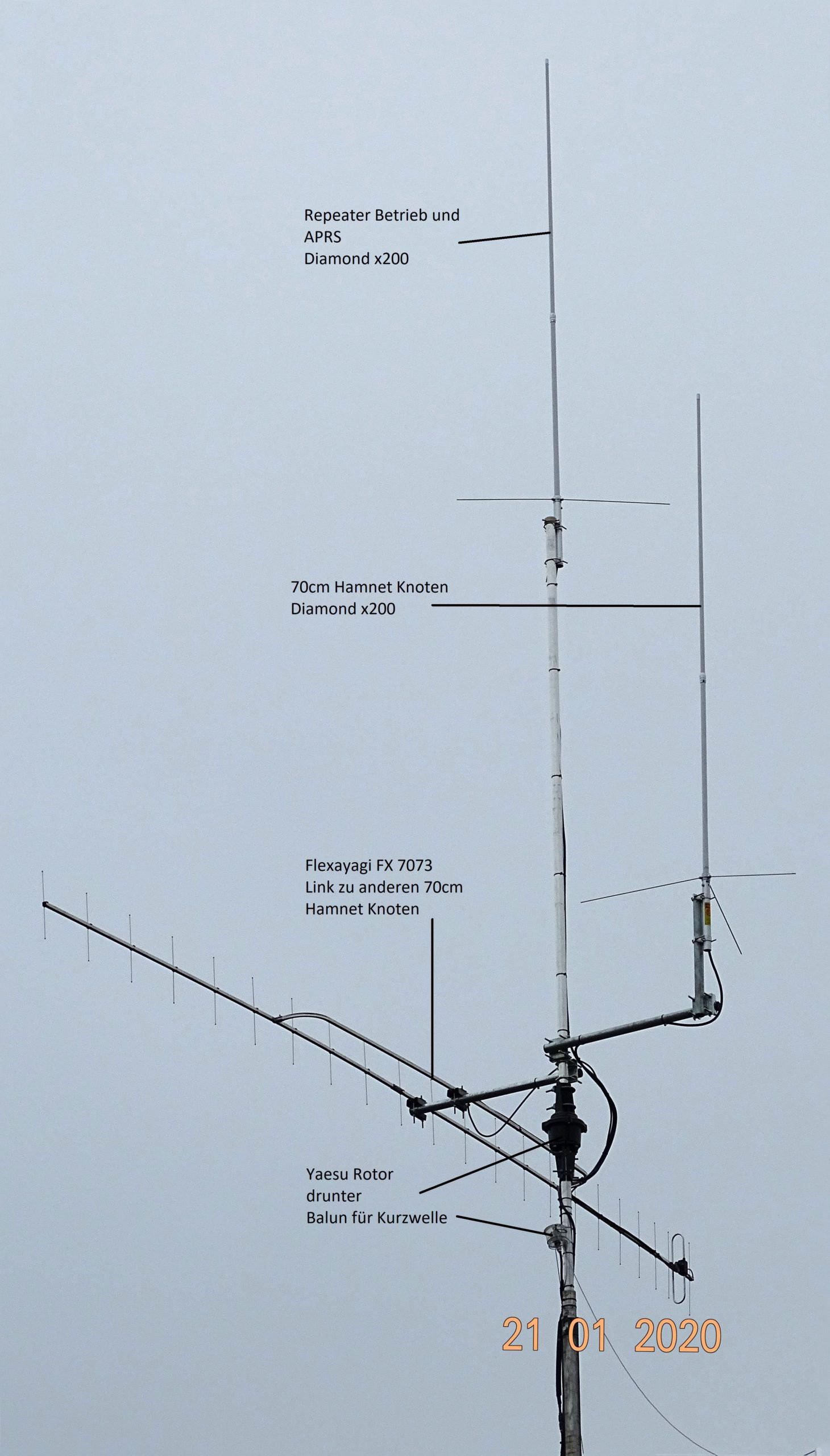
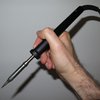





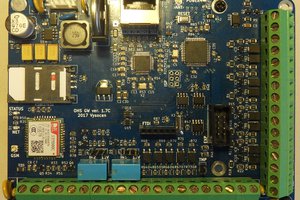
 vysocan76
vysocan76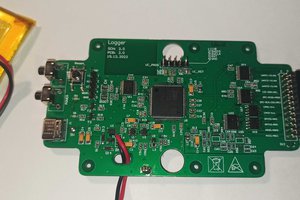
 Rafal Woloszyn
Rafal Woloszyn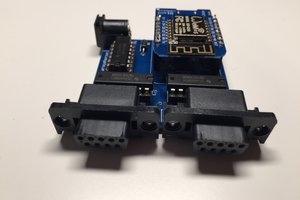
 Ricardo Quesada
Ricardo Quesada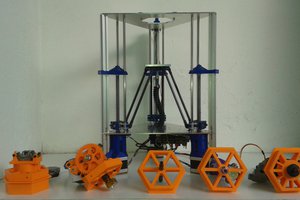
 Diyouware
Diyouware
Ca fait des années que j'espère quelquechose dans ce style, qui nous redonne les mêmes possibilités que le packet radio mais en version moderne. Je me suis permis de partager sur le groupe AREDN (le successeur de BBHN) et sur 2 ou 3 autres pages. Ca me parait très complémentaire de l'AREDN. Franchement bravo et merci. J'espère qu'un jour on aura un satellite geostationnaire qui viendra compléter les possibilités terrestres que cela offre. Ca manque un réseau mondial de données radioamateur.